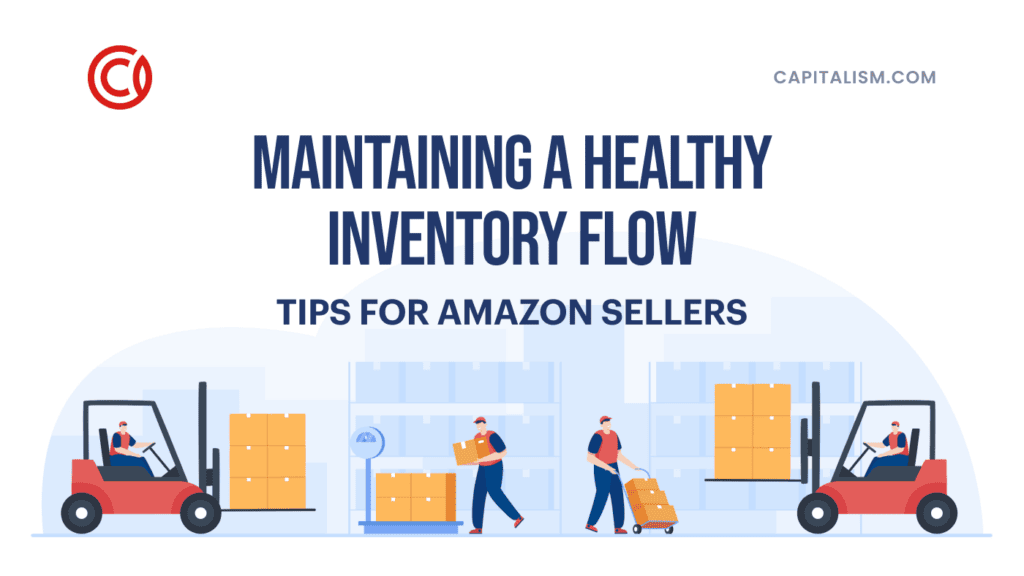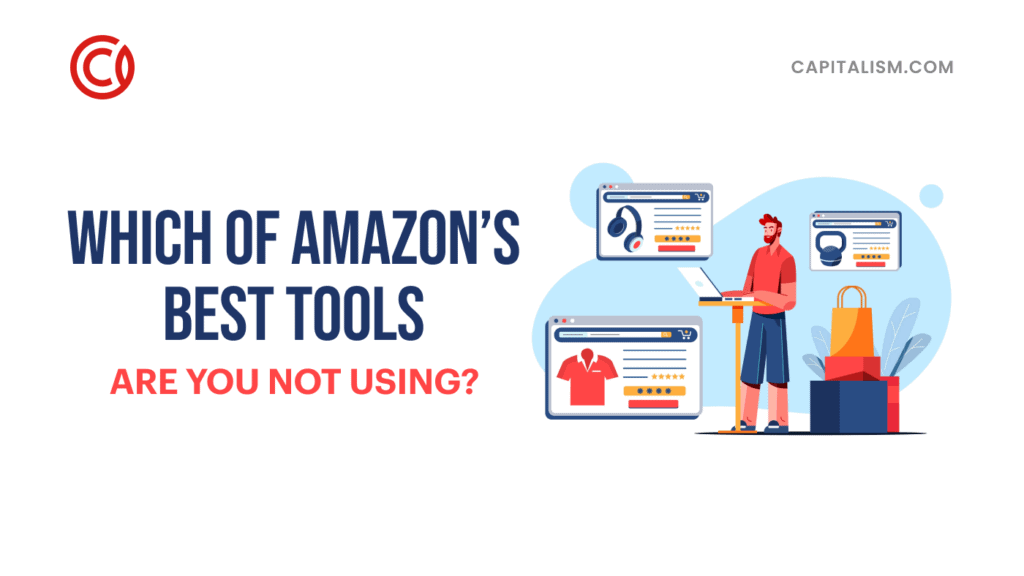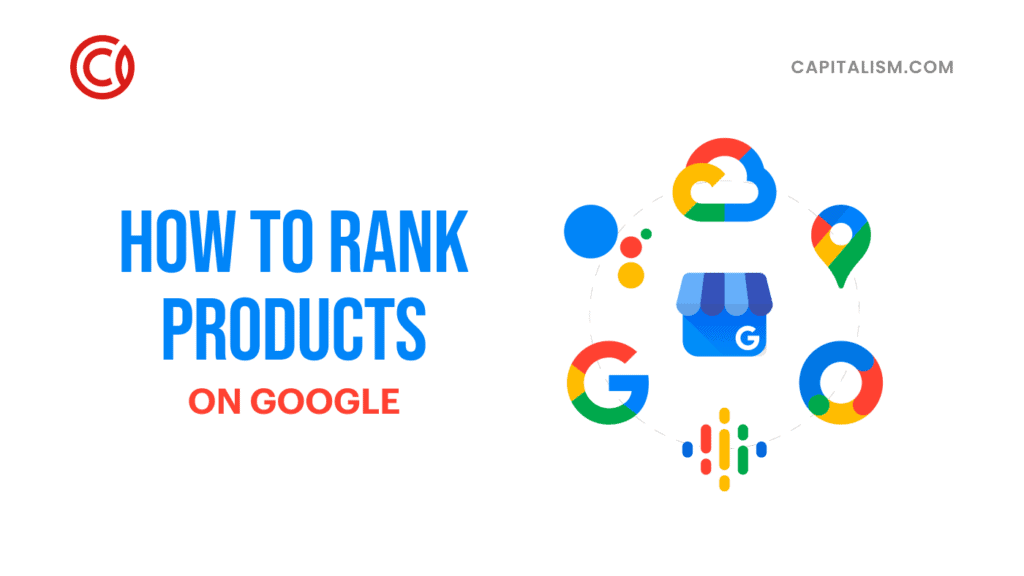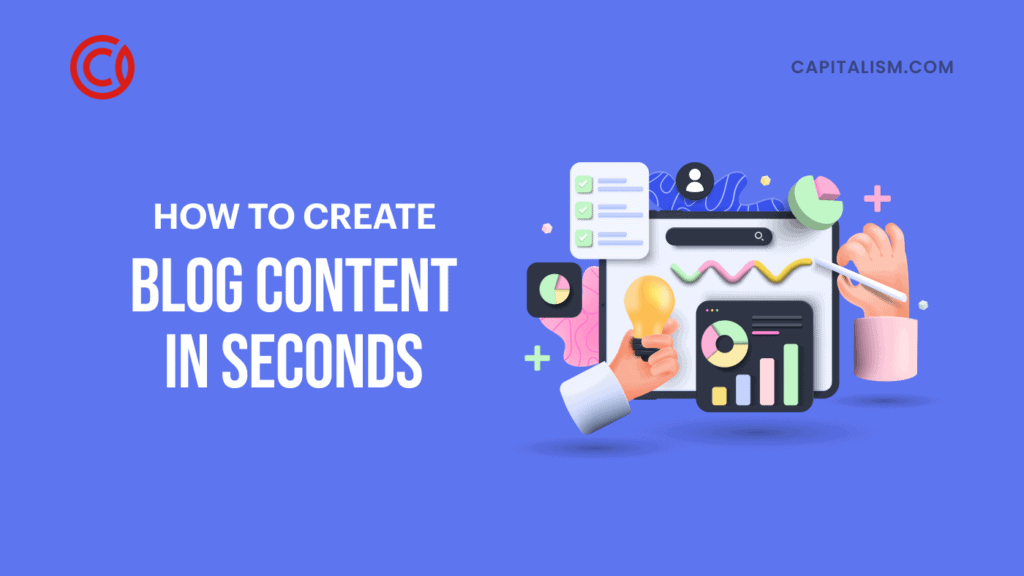Identify Your Marketing Strategy
Your marketing strategy is an important part of your business plan. It looks at actions taken toward sales, promotions, business environment, distribution and other marketing related areas. As mentioned, your marketing strategy is just one part of your overall business plan. The business plan will look at your mission, manufacturing, operations, procurement, human resources, bookkeeping, etc.
The marketing strategy is basically your sales game plan.
A marketing strategy includes your value proposition. Your value proposition as defined by the Oxford Dictionary is an innovation, service, or feature intended to make a company or product attractive to customers.
Basically, this is the promise your product or service fulfills when a customer purchases it from you. Your value proposition will detail your competitive advantage in the market you intend to serve. It will also consist of the demographics of your target audience, important marketing messages and the tone of voice you plan to deliver your products or services in.
Your marketing strategy is the place from where your marketing plans develop.
The following are elements of a marketing strategy that guides the marketing plans for your business:
Goals
Every business has goals beyond “making more money” or "selling more widgets". Your goals will direct your marketing strategy. They serve as the vision for your company. Your goals define where the company will be today and in the future.
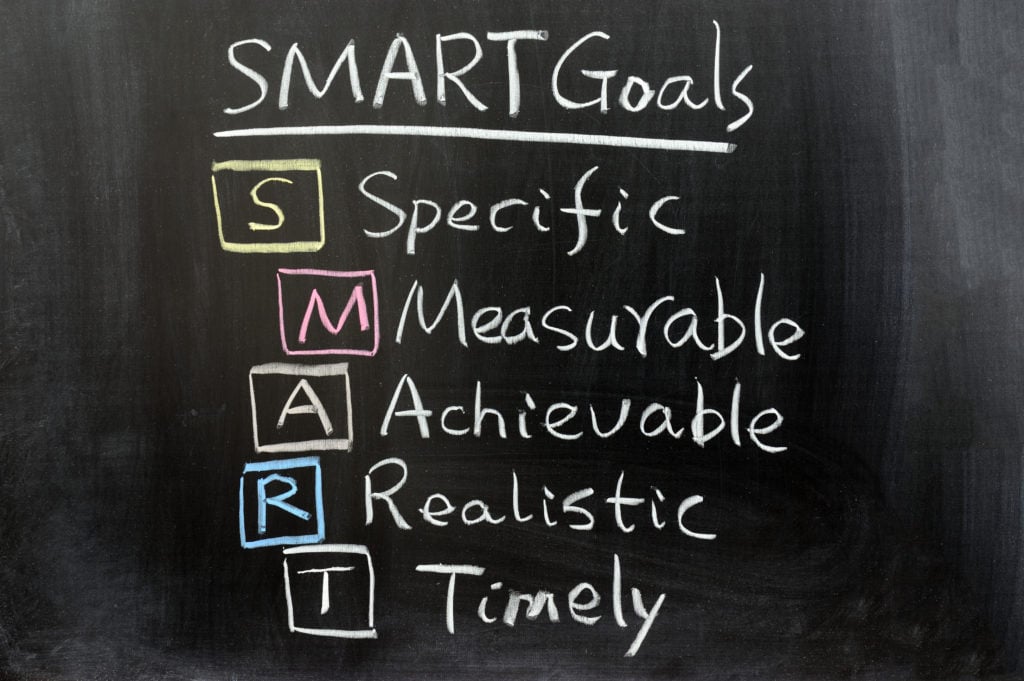
Many companies use the S.M.A.R.T. method for setting goals:
- Specific - Success is clearly defined
- Measurable - You can track your progress
- Attainable - Your goals are doable and reachable
- Time - There is a set time-frame for your goal
Action Plan
Within your marketing strategy will be an action plan. It details when you will carry out the activities that produce sales. It spells out the times the actions need to take place in order to meet the business goals.
Strategic Plan
The strategic plan determines how you will achieve the business goals. This involves performing a SWOT analysis, developing a formula for your product or service, and knowing what tactics you will need to use in order to carry out the mission of the business to meet the goals you’ve set to achieve.
Sales Method
How you will sell your products or services is a short-term plan that helps you with your long-term goals. These tactics may include providing discounts or special promotions that will persuade customers to purchase from you.
Your marketing strategy should be practical and measurable. More than likely a good strategy will not change, but it needs to be evaluated from year to year in case you’ve achieved you marketing goals.
There may be times when you need to modify your strategy because of changes in the market such as a new competitor, new technology, or your services or products significantly change.
The marketing strategy is how you reach people with your service or product. It lists the tactics you will use to turn prospects into paying customers. Your marketing strategy helps you to create your marketing plan and is determined by your business goals. Simply put, a marketing strategy is your long-term plan.

Identify Your Target Market
To create a winning marketing strategy, you must know your target market. Your target market is the specific group of people you want to reach and sell to because they have shown an interest in your products or services.
To determine your market, you have to ask yourself questions such as:
- Who are you trying to reach with your business or service?
- How much will your customers be willing to pay for your product or service?
- Who is the perfect customer?
Every marketing strategy needs to identify their target market, first. You can still sell to everyone. But by focusing your marketing efforts down to the exact person who will buy, you set yourself in the market as the go-to for your particular product or service.
Research is necessary to learn more about the market. You will need to collect information about your market, such as its size, growth, social trends and demographics. Demographics may include age, gender, race, family type, group population, etc.
Determine Your Market Before You Define Your Customer
You could skip right to defining your customer, but that might not be a good idea. Without the thorough research, you could target the wrong customer.
Determining your market first is essential to finding your customer next. Therefore, identifying your market first is key.
Let’s take a look at why finding your market first is vital.
As a business owner you make a widget and want to sell it to a specific group of people. You could sell it to men in which you know own dogs. You now have created Facebook, newspaper and magazine ads to these men specifically. As a matter of fact, all your marketing promotions are for this group.
You may very well earn sales from this approach. However, here is the problem: Your widget might appeal to men who own cats as well. Unfortunately, you have eliminated this group without even giving them consideration.
Your widget may sell well to pet owners in general. By finding your target market first you would have targeted them as well. Only once you have gathered more information should you narrow your marketing efforts down to a more specific group.
Your data will let you know who to target. In this case, men who are cat owners could have garnered more sales than men who are dog owners. But because you focused on men who own dogs first and you gained sales from it, you are now left with a false sense of who your actual customer is.
IDENTIFY YOUR TARGET CUSTOMER
The market research you performed when identifying your target market will help you identify your customer. It should help you to create a profile which you can use to target and identify the needs of your customers.
Your customer’s profile will uncover their buying patterns. It will tell you how, when, and where they buy. The profile of your customer will tell you finite details and likely include information that will help you to better serve them, such as:
- Demographics: Includes age to gender, geography, marital status, family type, etc.
- Psychographics: Identifies more about a customer’s psychology: interests, values, attitudes, behaviors, and more.
- Technographics: Often relates to electronic devices and refers to technical characteristics.
All types of information are essential in developing your customer profile(s). The demographic information will help in identifying the kind of person who will potentially buy your products and services. The psychographic information takes it a bit further and helps you to understand the reasoning behind why the customer may make the purchase.
Your target customer may be in one of your target markets. However, you now know what their specific group of demographics is. Here's an example of these demographics you could now identify about your customer: women in their 40’s, mothers and/or grandmothers; location, such as people who live in Atlanta, GA; behaviors and interests, such as cooking or makeup lovers.
Using This Information
With this information, you also now know who has purchased from you. Your target customer may engage with your company in different ways depending on what their interests are. Your marketing campaign may need to consist of elements that specifically target women in their 40’s who love to cook and wear makeup that make over $50K a year.
By finding your target customer, you can talk specifically to that person in their language, know that you are connecting with them on their level in their world and ultimately get them to give your business the attention it needs in order to pitch your business.
The best part of your marketing strategy is finding and obtaining a loyal customer.

GIVING YOUR CUSTOMER A NAME AND A FACE
It helps to add a human element to your marketing strategy. Once you have learned some information about your target customer such as the following: age, family status, and education the industry they work in, career track record and lifestyle; you should have a picture of their face planted in your head. At this point, give them a name – Thomas, Felicia, John or Tyrone. Make them real. Once you come to terms with the fact that your customer is a live real human being, your service or product will be top notch and serve them better.
Naming your customer will create a more meaningful relationship with your customer. By adding the human element to your marketing strategy, you will encounter any one on one interaction with them on a deeper level allowing you the ability to sell better. One on one contact with customers will help you to focus on who you are serving and make that picture you painted in your head even more real.
INTERVIEWING YOUR PROSPECTIVE CUSTOMERS
In order to identify your target customer you need to interview who you think they are. You will need to think ahead of what you want to know and why. Basically, you need to know what the goal of the interview will be. These questions will aid in developing your customer profile we mentioned earlier.
Prospective customer interviews are best done in person. Again, the human element comes into play. You will need to contact them. This can be through email, phone or social media. Either way, how they respond back to you is the route you need to take to interview them. Relate and communicate on their level. While interviewing prospective customers, don’t forget your existing customers. Get in touch with them for their feedback, as well. Their comments are extremely valuable and could tell a totally different story about your business. The point is, you need to talk to both and find a way to keep them engaging with you.
Give your customers a chance to talk to you one on one. Human interaction will give them a chance to open up. Open ended questions will encourage this. Also, as you stay in business this will encourage them to continue to provide feedback and be heard. It will build a personal connection and thus helping you to attract specific customers.
HOW YOUR QUESTIONS COME INTO PLAY
What kind of questions will you ask to build your customer profile? Where will you begin to start gathering data on your customer? How will you ask them these questions? These are the questions you need to answer before you begin to survey your pool of people.
These questions you come up with and how you ask them should all be looking to find out specific information. You will want to ask them questions that are important to you and align with the goals of your marketing strategy.
The feedback you get should give provide details of problems your customers have that you intend to solve with your product or services. The comments you receive should tell you about the industry you serve and the demographics of the people who may be interested in what you sell. You should prepare questions that will better help you learn about what the customer needs and wants so that you can evaluate what you need to upgrade or provide in your product catalog.

THE PSYCHOLOGY OF IT ALL
Putting a face and a name to your customer creates a deeper sense of relatability for you the business owner. It creates a more meaningful connection for the customer to the business. It requires you to think about your customers as human beings and therefore want to know more about them such as where they live, and what they do outside of their time with you at your business.
Developing the customer profile will force us to learn about your customer. Their profile will create a storyline and thus allowing you to better understand who they are and if they are right for your business. There is a such thing as the “right customer” and you need to know who that is. Your newly developed customer profile will tell you how to communicate with your customers. By meeting your customers where they are via in-person, online, or in a survey you will obtain more information that in the end will aid you in marketing your business to them.
GAIN LEVERAGE
Once you have created a customer profile it will be easy to identify who is best to use your products or services. It makes no sense trying to sell dog toys to those who don’t own a dog and are not even thinking about owning one in the future. It will empower you to know who they are, where they are and how to serve them.
This information is the kind of leverage you need to affect your bottom line. Let’s face it, profits are what is going to keep you going and serving these customers you are trying to reach. You may develop several different customer profiles after all the research and surveying. You may need to push a different message, speak a different way and try a different promotions strategy to reach them. A customer profile will benefit your business if this part of the marketing strategy is a priority.
IDENTIFY THE COMPETITION
As a part of your marketing strategy, you need to know who you are up against. Competitive research is a must to survive. More than likely your business is not the first nor will it be the last of its kind, but it can exist in between the rest of the competition. Competition does exist and will be out there offering the same thing you do. You need to come to terms with that in order to stay in business prosper. Questions that arise are while thinking about your competition are:
- How will you exist among the rest?
- What will you do to stand out?
- How do you measure up?
- What does your competition offer?
- How does your competitor price their product?
- What is your competitor’s location?
- What are your competitors’ strengths and weaknesses?
In thinking through the questions, you will be able to understand the internal and external factors that may or may not affect your business. Point blank, you need to know about your competitors. You could lose business to them if you choose to ignore them or not seek out who they are. The only way to be prepared for what is to come is to know what is out there. This will help you to position your business in the marketplace.

HOW DO YOU FIND THEM?
The way to find out about your competitors is through research. The main objectives are to identify who they are, their strengths and weaknesses, and the viability of their products or services. Checking out their products or services will show you how they sit in the marketplace and provide you with prospective with any threats they may cause your business. This research will help you understand the market for your product or service.
Easy ways to begin the research is by using the internet. Check out local service or product providers online. Good places to look are Facebook and Twitter. People are talking online, and you would be remiss to ignore that your competitors’ customers are not talking about them or possibly even you. You might find competition you had no idea existed.
Ask your friends and family about who they have heard of in your industry. Potential customers are also good to ask because you can find out about who they are going to for their needs now and why. Seek and ask far and wide.
CHECK OUT THEIR ONLINE PRESENCE
Don’t overlook their website if one exists. How are they representing themselves online? Look for social media they post, blogs or articles they write and content they publish online. Examine the user experience. Determine how easy it is to find out about what they offer. Did you have to click too many times? Are they engaging with their potential customers? These are key factors that need to be assessed when checking their online presence. Find out what they are doing and how well they are doing it. Finding out what they are doing right will help you understand what you are doing wrong and give you a better perspective on how you could better by your business.
COLLECT INFORMATION
The best way to collect data about your competition is to be one of their customers. Go by their place and get a feel for the place. Purchase something from them to see how they treat customers. Visit their website and get on their email list. Follow them on social media. Learn how they treat their customer experience.

COMPETITORS CAN BE BENEFICIAL
Research is valuable in understanding the market, improving your messaging, identifying missed opportunities, and planning your ahead. When looking at trends through the eyes of your business you may miss opportunities. Identifying and forecasting trends is a major advantage for your business. This will help improve any messaging to your customer about your offerings and the value it serves.
If your customer leaves you to experience your competition, its likely your message was not clear on the value you provide. This is where it’s imperative to study the messaging your competition uses. Learning about your competitor’s message will help you to understand if you are using the right language. You’ll begin to understand why your customers choose them over you. Over time, this will help you to adjust your value proposition.
Finding the strengths and weaknesses of your competition will assist you in finding the gaps in the market. By examining your competitors, you will see a part of the market that is underserved. The underserved portion of the market is your opportunity to reach new customers. It's your opportunity to serve current customers with new products or services. It’s an opportunity to plan for the future.
By understanding the language necessary to express your value, recognizing market trends, finding gaps in the market, assessing your competitors’ strengths and weaknesses, you will be able to confidently plan for the future. A good marketing strategy can be applied today and in the future.
RECORD YOUR FINDINGS
Now that you have completely checked out your competition, you need to keep a record of your findings. Save your information in a document or spreadsheet. Track them over time to analyze their changes and the effects of them to your business as well as theirs. Perform regular checkups on your competition to see how their marketing and promotions change over time.
Information to keep in your records:
- Business name
- Website URL
- Social media profiles
- Exclusive selling points
- Prices of products or services
- Strengths and Weaknesses
- Backlinks to their website
- Customer reviews online
Try to find as many reviews of your competitors as possible and read them. Reviews can be found on their social media profiles, Google Reviews as well as reviews found on blogs are other key places to find reviews on your competitor. The comment section on their social media profiles are usually a gold mine. Reading their reviews will help you understand how their customers feel about them as well as how they treat their customers. Checking them out on the Better Business Bureau’s website is also a good place to look for information. By checking out their positive and negative feedback, you can easily find areas there you can improve within your own business.
THERE’S ROOM FOR IMPROVEMENT
Now that you have collected information about your competitors and analyzed their products or services as compared to yours, it’s time to use this information and improve upon your own business outcomes. It’s time to use this information as an asset.
The research you have performed will uncover areas in your business that could use improvement that you would have never seen had you not been tapped into your competitor. Business owners tend to think that competition is bad but if you look at them the right way, they can be all the good you need to get your business in a better position to serve your customers.
Researching and staying in tune with your competition is an ongoing practice and keeps you on the edge of the marketplace.
IDENTIFY YOUR PROMOTION CHANNELS
Your marketing strategy has to include how, when and where you will promote your products or services. Now that you know your market, have a customer profile, figured out your brand and identified your competition’s strengths and weaknesses – it's time to promote your business.
It’s time to share the value of your business with your target audience. It's time to put your research to work for you with action. You can use traditional advertising methods such as newspaper and radio ads. It would be important in today’s business landscape to have an online presence through webinars, social media promotions, blog interviews and posts, as well as your own website. Each of these channels should be where your target audience lives and breathes. This is the part of your marketing strategy where your message needs to be clear and addresses your client’s problems in their language.
MEASURE THE MESSAGE
The only way to know what avenues to push your message through is to simply test each platform. You need to assess how well each channel works and the message itself. You can make observations through sales, in-person traffic, web traffic, social media engagement, and the number of calls you receive about your products or services. This should be completed with all marketing campaigns to determine the effectiveness of your message.
GET OUT AND NETWORK
Meeting people face-to-face can often times put your business in a place to succeed because people tend to like doing business with actual people. This goes back to the human element of your business that should not be overlooked. There are several business networking events in your community that can prove to be beneficial to your business. Getting your name out is the community in which your business serves is the name of the game. Business cards, promotional flyers are items that you can take with you to local events. Leaving them with something tangible helps to keep your product or services top of mind when you are gone.
GET A WEBSITE
When a person hears about your business, they will more than likely check you out online before ever inquiring about your business in person. Therefore, you cannot be caught without one. Not only can you not have a website, but you cannot have one and not contribute to it regular by updating content and or producing new content. Many small business owners leave this one important factor of their marketing strategy to the bottom of their to-do list when in fact it should be at the top. Your website is your first impression that people have of you in the marketplace today. Don’t count it out. Build a website and make it work for you. Make it easy to navigate and keep it simple. Include important information your customers will want to know like the mission of your business, hours of operation, business location and how to get in touch with you. Be sure to include your social media links. People hang out on social media and you would be missing opportunity if you didn’t try and connect with potential customers there. Your ultimate goal is to give the ultimate experience before anyone meets you in person.
CONCLUSION
A winning marketing strategy will help you win over new customers for years to come. Your sales will increase because existing customers will easily spend more. Your marketing strategy will encourage new products and or services. The establishment of your tone and message in the marketplace will increase your share of the market and create an identity for your business. Customer loyalty will shine through from strong messaging and advertising.
A strong marketing strategy will keep you on the cusp of the market without losing sight of your business goals.



